#extinct dog breeds
Text
Discovered pup play of the 1400s earlier this week while reading about an extinct dog breed, the Talbot hound (don’t worry, people think they just became beagles and/or bloodhounds);

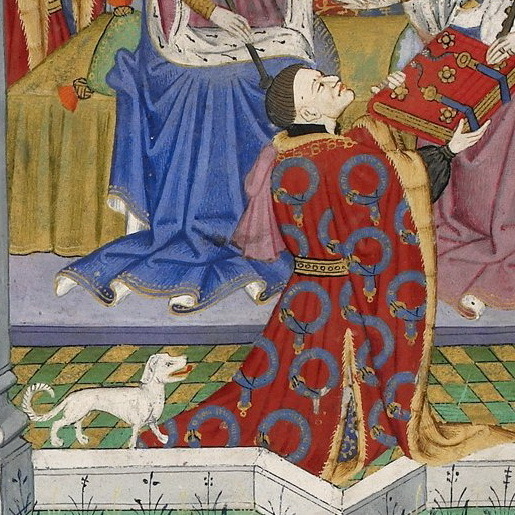
This is Talbot and what is thought to be a Talbot hound behind him. I personally appreciate that his robe is covered in a collar (or belt?) motif.
#now this is research oubliette#extinct dog breeds#pup play#the two tags that naturally make sense together#I got onto this because we were watching a Ghost Adventures special where they called in a team of CADAVER DOG HANDLERS#so naturally I was trying to figure out what one of the kinds of dogs they were using and ended up learning about scent hounds instead
4 notes
·
View notes
Text
i really gotta wonder what goes through the heads of people that are adopt don't shop EXCEPT when it comes to service dogs. as if this somehow makes them noble? as if service dog users are the only people in the world that deserve dogs with stable temperaments or dogs that are bred with thought towards their health and structure? it's a really bizarre way of thinking that really, to me, harkens to the ARAs that are anti sled dogs until it's somebody doing it for fun only or until you mention indigenous people. are you so afraid of looking ignorant for your ill held beliefs? is challenging your currently held beliefs about what's 'morally right' for dogs that uncomfortable?
there are so many other jobs that dogs currently DO for us that require balanced, stable, healthy, purposeful dogs (including companionship!) and on top of all this dogs deserve to exist with thought and care put towards their existence. Dogs do not deserve to only exist if they're random happenstances from backroad strays or somebody's ill conceived backyard litter with zero health testing. dogs deserve responsible breeding just as much as humans deserve to have dogs with responsible breeding. how is this remotely hard to grasp?
#dogblr#dogs#responsible breeding#if responsible breeders do not keep breeding responsibly bred dogs will cease to exist btw#you cannot just pause the breeding of dogs and expect to pick it back up with dogs of quality#especially when many breeds are thousands of years old and developed organically#you can't replicate that. you just cannot#the number of rare Indigenous breeds i have seen barely come back from the brick of extinction like....guys.
1K notes
·
View notes
Text
i took a break from making youtube videos for a bit but i've decided to start again! if you have any suggestions for videos you'd like to see, please reply to this post!
#weirdcore#weird#art#creepy#horror#borzoi#liminal#dogs#odd#youtube#creators#community#artists on tumblr#cryptid#extinct animals#dog breeds#history#art tutorial#color theory
39 notes
·
View notes
Text
Round 1


[image ID: the first image is a drawing of Argos, a thin, elderly dog, laying on the ground. he is looking up at a man, Odysseus, who is barefoot, wearing ragged clothing, and walking with a cane. beside them is another man, wearing a hat and clothing in much better condition. the image is captioned, "Ulysses recognized by his old dog Argus." the second image is of Barkspawn, a large, muscular dog, similar to a rottweiler, with reddish brown fur, red markings, and black swirls on his shoulders. end ID]
#fictionaldogcompetition#dog poll#round 1#argos the odyssey#the odyssey#barkspawn#dragon age#didnt put this in argos' id bc its more historical speculation than description#but hes most likely a now extinct breed known as a laconian#based on his physical description and skills (speed; hunting)
25 notes
·
View notes
Text


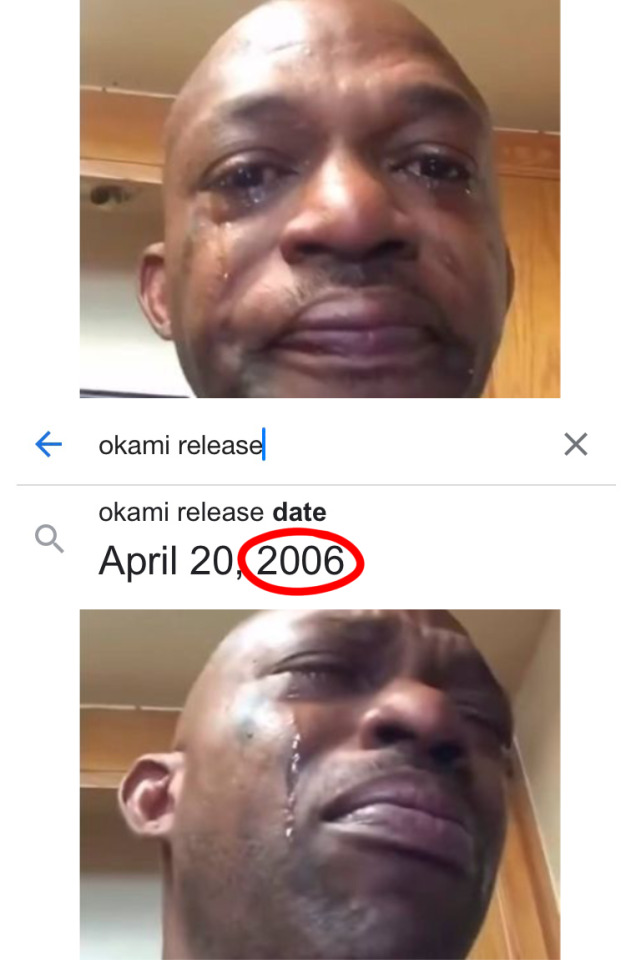

emotional about Take ):
#okami#okamiden#capcom#gaming#take#canine warrior gi#canine warriors#satomi canine warriors#sasa sanctuary#dogs#extinction#Sakhalin husky#karafuto ken#Sakhalin laika#Gilyak laika#indigenous breeds#guiltyedits#emotional over the fact that this breed was going extinct#when this game came out you could still own and pet and love a Take#and now you can't ):#the world is devoid of Takes ):#did they even know when they were making it that this was a dying breed#did they know these would be erased from the planet in just ten years' time#did they know ):#tribute edit at the bottom. by me
49 notes
·
View notes
Note
Did you see the news article about the dog breed that Snowy/Milou belongs to is going extinct slowly? Not completely sure about the details, something about how less than 600 puppies are born each year.
YEEES I JUST SAW AND AAAAA IT'S SO SAD 😭
Here's the link for the tweet if you're interested!

#imagine watching tintin after decades and see milou and know that this puppy doesn't exist anymore?! THE PAIN#milou is timeless though so he will always reminds us of this dog breed#i really hope they don't get to extinct#milou#snowy#tintin#the adventures of tintin
16 notes
·
View notes
Text
pedigrees are something very hard to actually make sense of and analyze personally (and just in general from what i've gathered) but sometimes its not hard to look at one for a moment and just go like.. ouch.
#mine#the cons of a breed having a dedicated ''near extinction'' section on wikipedia#well i know its not exclusively because of that but it certainly isnt gonna help lol#on the other hand this is from a personal site from early 2000s that someone made for their own dogs which is cool to stumble upon
7 notes
·
View notes
Text
god i hate job searching someone please commission me or keep me as a little pet artist forever and ever

#just got asked which dog breed describes my personality#i said the extinct japanese wolf dog idec anymore just kill me dude
2 notes
·
View notes
Photo

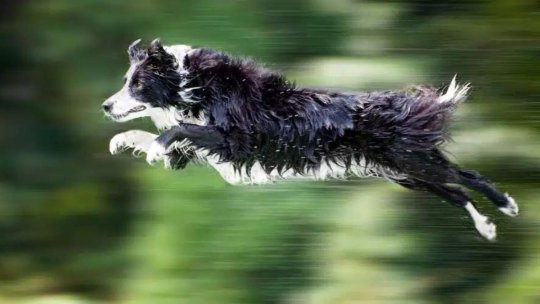



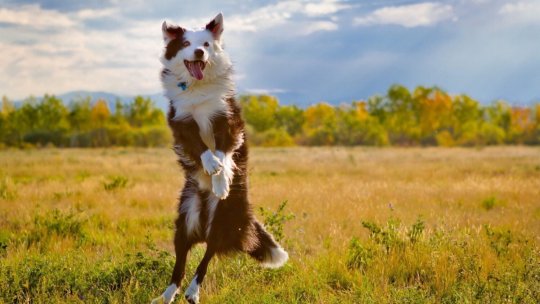

(via DOG EXTINCTION)
3 notes
·
View notes
Text

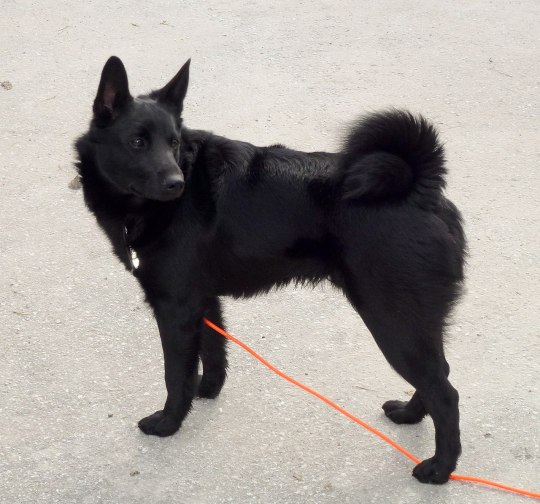






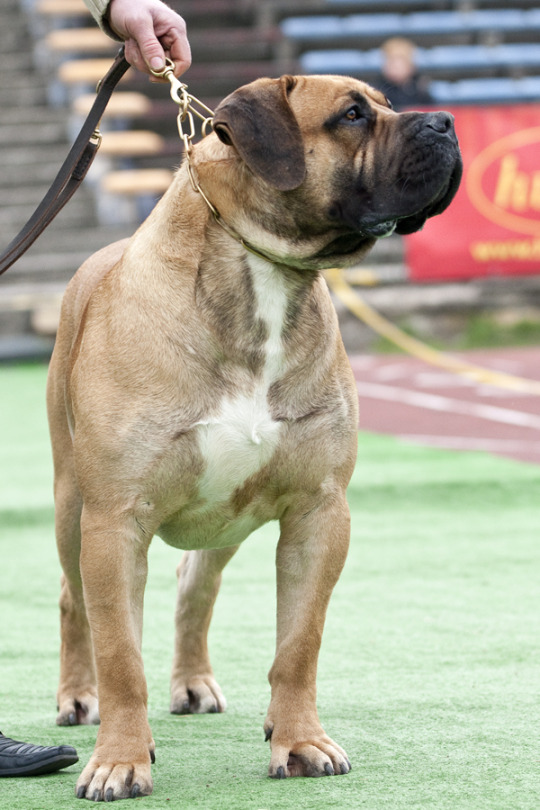
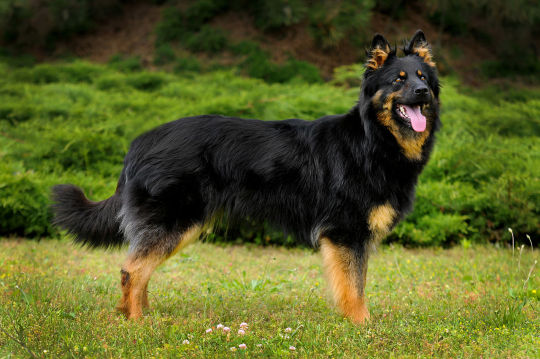
#Black and Tan Terrier#extinct dog breed#Black Norwegian Elkhound#Black Russian Terrier#Black Mouth Cur#dog#dogs#doggo#puppy#canine#poll#tumblr poll#polls#bloodhound#blue lacy dog#lacy dog#Blue Picardy Spaniel#Bluetick Coonhound#Boerboel#Bohemian Shepherd
1 note
·
View note
Text
Had this dream last night, was outside a Wendy’s that is located on my city’s Main Street, and these tourists stop at the parking lot.
They let their dog out of their car to go pee or something, and it isn’t a dog. It’s a fucking Thylacine! A Tasmanian Tiger!
I see them let their pet thylacine out of their vehicle, and I start losing my shit.
“Bruh! That’s a thylacine!” I shout exasperated,
“Oh, is that what the breed of dog is called?” The tourists reply;
“That’s not a dog! That is a marsupial! And one that is supposed to be extinct! Where did you get this, HOW did you get this extinct animal?!”
“Oh, we got him at a pound in Australia.”
Fucking wat m8?
#I wish this wasn’t a dream#I really wish some unwitting tourists just so happed#to somehow acquire a living thylacine#believing it to just be some obscure breed of dog#and that there is an animal shelter in Australia#that just took in a thylacine#not noticing or caring that it’s not a dog at all#and that living physical evidence that thylacines aren’t actually extinct#is a thing#dream#thylacine
0 notes
Text
I looked up some stuff about the "domestication syndrome" in animals because I read a couple times in books the idea that domesticated animals are neotenous, meaning they retain juvenile traits into adulthood. The idea being that humans have essentially created more helpless, more exploitable versions of wild animals to "dominate" and abuse nature.
I thought, "Okay, that sounds like something that couldn't be proven. How much do we even know about the juvenile brain development of, say, wild goats or boars, anyway?"
So I found this review of the literature that goes back to the fur farm fox domestication study and it's even worse than I thought: We don't even know that a 'domestication syndrome' in animals exists at all, let alone whether it is a retention of juvenile traits into adulthood.
So the fur farm fox domestication study: you may have heard of it, it claimed to have demonstrated that within a few generations, by selecting for tameness, the researchers bred "domesticated" foxes with a whole suite of traits that appear in many domesticated animals but seem unrelated to tameness, such as piebald coloration and floppy ears. The idea is that the genes for tameness and for these other traits commonly seen in domestic animals are linked, that is, an animal that inherits one is likely to inherit the other.
There's some major problems. First of all, all the foxes used in the study were from fur farms, and had already been selected for some level of docility and for coat color variation. The foxes didn't get white spots on them because they were selected for tameness, instead the pre-existing population they were selected from had those genes in it to begin with. Also, the effective population size of the foxes in the study was pretty small, meaning a small amount of genetic drift could have a big impact.
Second, there isn't very much evidence for most of the "domestication syndrome" traits in most animals. Even where the "domestication syndrome" traits can be found, they are often particular to specific breeds, and it's unclear whether they are linked to domestication as such or just the development of that specific breed.
This study only deals with a few animals, mostly small animals. It would be even more interesting to see a breakdown of even more animals (particularly more large animals). Off the top of my head, almost none of these would apply to horses, and only in specific cases would apply to cattle. Even in dogs, extreme changes in skull morphology have happened relatively recently with breeders in modern times going after extreme phenotypes.
Particular to cats: extreme skull changes and floppy ears occur as part of some "breeds" because they are specific painful genetic disorders that breeders of cats decided to perpetuate VERY recently. Scottish Folds were deliberately developed from cats that just so happened to have a disease that causes them to be in constant suffering due to their messed up joints, it's not just a variation that regularly pops up in cats to varying extents. Likewise with the smushed-face Persians. Their brains are getting squished into where their spinal cords should go because their skulls are so messed up from selective breeding for an extreme look.
What domestication means has been majorly shaken up in the past hundred years. With companion animals, breeders are in a race to make the most screwed up animal with the most extreme, striking traits possible, and with livestock animals, lots of heritage breeds with more variations have straight up gone extinct because they've been flattened into industrial monocultures to produce meat and milk as efficiently as possible, health and genetic diversity be damned.
To study domestication itself, you would have to study landrace breeds, right?
Basically there isn't one thing that domestication is
3K notes
·
View notes
Text
i want my dogs -___-
#but they're asleep in their kennels rn#they won't be up for another couple of hours#im reading about extinct dog breeds on wikipedia which is fun but now i miss them#mickey.txt#if 15 year old me could see me missing dogs she would just lose it lol
0 notes
Text
For thousands of years, a breed of white, woolly dog played an important and cultural role for Coast Salish people in Western Canada but when colonists moved in the animal quickly became extinct, a new study says.
It started with a dog named Mutton that died in 1859. Its pelt had been in a collection at the National Museum of Natural History, Smithsonian Institution in Washington, D.C.
DNA analysis on the pelt, coupled with traditional knowledge from the Coast Salish people, provided new insights on the dog once bred for its unique woolly coat.
Continue Reading
Tagging @politicsofcanada
#cdnpoli#canada#canadian politics#canadian news#first nations#indigenous#coast salish#colonialism#colonization#extinction
406 notes
·
View notes
Note
Aren't dogs and wolves the same animal on a genetic level? We've only changed the physical appearance
No.
Dogs are the domesticated descendants of the now extinct Pleistocene wolf. For the same reason you are not genetically your great great great great great grandmother, dogs and wolves are different things. I’m honestly a bit perplexed at the notion a wolf—
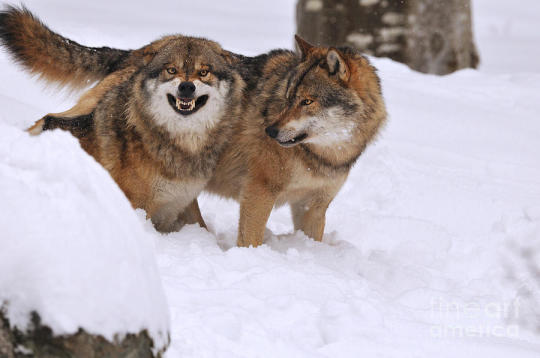
could be bred into this—

With the only changes being cosmetic. Even different breeds have different health concerns, behaviors, and adaptations. Why would the diet be identical to a wolf when everything else changed?
295 notes
·
View notes
Text
It actually is miserably easy to cause at least the local extinction of an insect; the majority of insect species are so specialized that there may be only one rock in a whole forest that they're still reproducing under, because of some precise combination of moisture level, temperature, elevation and immediate food sources, so if someone moves that rock, that species is now gone from that particular forest. There's a tiger beetle that was last recorded only from one sandbar right down the road from my house! It's actually named after our Columbia river here in Oregon, but after the construction of one dam decades ago, they're now only found in Idaho. Why only that one sandbar? When you're only a centimeter long, that's basically a small continent, the river may as well be an ocean, and the soil on the surrounding shores is different in density, so they probably didn't find it suitable to lay their eggs in even if they did manage to cross their "sea."
That kind of thing is wildly common; there's also insects that will only lay eggs in one given type of soil only recently after a landslide has exposed it, there's insects that only live in the sawdust left by animals like woodpeckers and only as long as it stays completely dry, and there's beetles that only breed on a single kind of tree exclusively when it's just beginning to recover from a forest fire. This level of specificity isn't rare or extreme but average enough that just one person's backyard can be one species' very last holdout for a thousand miles. Not even the entire yard; maybe only one leaf pile or one neglected pot of dirt.
Don't feel paranoid about this or anything, there's no way you can account for every one of these possibilities just living your day to day life, and odds are low that you'll come across the very last of a species left in our whole world, but the last in your neighborhood, or district, or sometimes even country is entirely possible. The very least people can do is cut down on lawn chemicals or bug zappers and generally leave living things (including native "weeds") alone if there's no way in which they're harming or hindering you.
Not long ago I posted about finding antlions near us. In the history of inaturalist.com not a single other person found antlions in this or any surrounding county, and I only found them in one single patch of especially fine sand under some tree roots. A week later the whole area flooded, and I don't know if any of them managed to survive deeper underground or anything, because when we last went that sand was also covered in paw prints from someone bringing their dog. That's all it might have taken to erase that little habitat!

We still have one from when we found them, and it's a common species in other parts of America, but it's not impossible that we're now caring for the last antlion anywhere within a day's drive from us. I hope I'll be proven wrong some day, but I've lived here seven years now without ever seeing them before, anywhere in all our sandy riversides!
867 notes
·
View notes